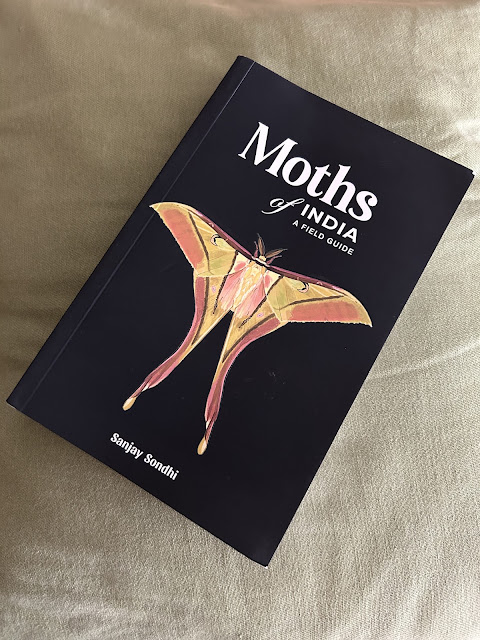Posts
Showing posts with the label books

Posted by
Flowergirl
Day 72 - Ending with The Intertidal!
- Get link
- X
- Other Apps
Posted by
Flowergirl
What people should learn from rivers
- Get link
- X
- Other Apps
Posted by
Flowergirl
Women in the wild - book review
- Get link
- X
- Other Apps

Posted by
flowergirl
The birds are returning to Arunachala
- Get link
- X
- Other Apps
Posted by
flowergirl
Valley of Flowers - books for my trip
- Get link
- X
- Other Apps
